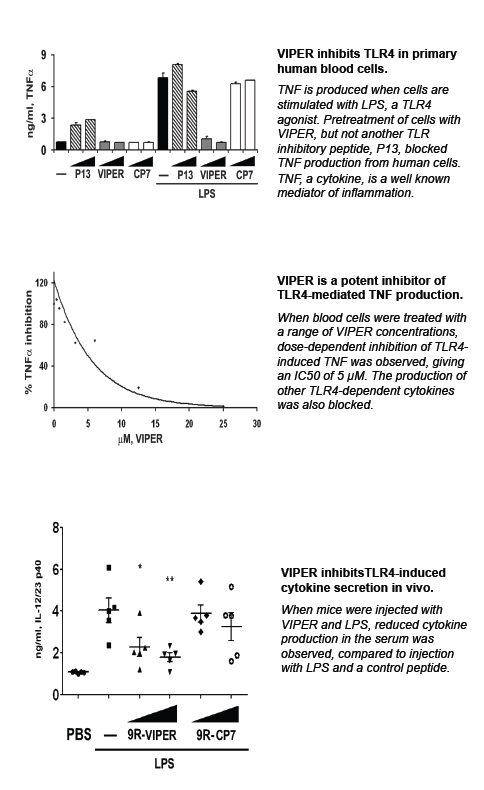
Cat. #153392
Anti-KSR [MINT/1/14]
Cat. #: 153392
Sub-type: Primary antibody
Unit size: 100 ug
Target: KSR
Class: Monoclonal
Application: IHC ; WB
Reactivity: Human ; Mouse ; Rat
Host: Rat
£300.00
This fee is applicable only for non-profit organisations. If you are a for-profit organisation or a researcher working on commercially-sponsored academic research, you will need to contact our licensing team for a commercial use license.
Contributor
Inventor: Richard Marais
Institute: The Institute of Cancer Research
Tool Details
*FOR RESEARCH USE ONLY (for other uses, please contact the licensing team)
- Name: Anti-KSR [MINT/1/14]
- Alternate name: RSU2; KSR
- Research fields: Cancer;Cell signaling and signal transduction
- Clone: MINT/1/14
- Tool sub type: Primary antibody
- Class: Monoclonal
- Conjugation: Unconjugated
- Molecular weight: 140 kDa
- Reactivity: Human ; Mouse ; Rat
- Host: Rat
- Application: IHC ; WB
- Description: Location-regulated scaffolding protein connecting MEK to RAF. Promotes MEK and RAF phosphorylation and activity through assembly of an activated signaling complex. By itself, it has no demonstrated kinase activity. In unstimulated cells, where the phosphorylated form is bound to a 14-3- 3 protein, sequestration in the cytoplasm occurs. Following growth factor treatment, the protein is free for membrane translocation, and it moves from the cytoplasm to the cell periphery.
- Immunogen: Recombinant human KSR protein
- Isotype: IgG2a
Target Details
- Target: KSR
- Molecular weight: 140 kDa
- Target background: Location-regulated scaffolding protein connecting MEK to RAF. Promotes MEK and RAF phosphorylation and activity through assembly of an activated signaling complex. By itself, it has no demonstrated kinase activity. In unstimulated cells, where the phosphorylated form is bound to a 14-3- 3 protein, sequestration in the cytoplasm occurs. Following growth factor treatment, the protein is free for membrane translocation, and it moves from the cytoplasm to the cell periphery.
Applications
- Application: IHC ; WB
Handling
- Format: Liquid
- Concentration: 0.9-1.1 mg/ml
- Unit size: 100 ug
- Storage buffer: PBS with 0.02% azide
- Storage conditions: -15° C to -25° C
- Shipping conditions: Shipping at 4° C


